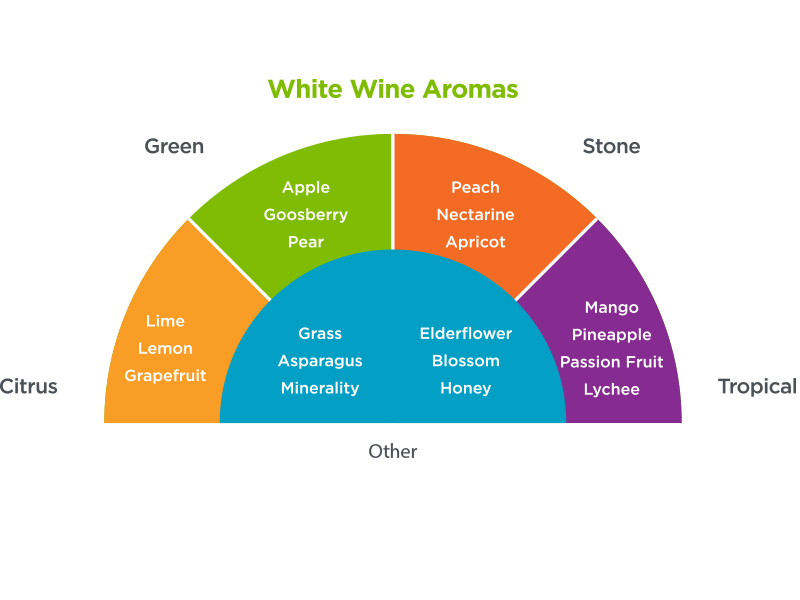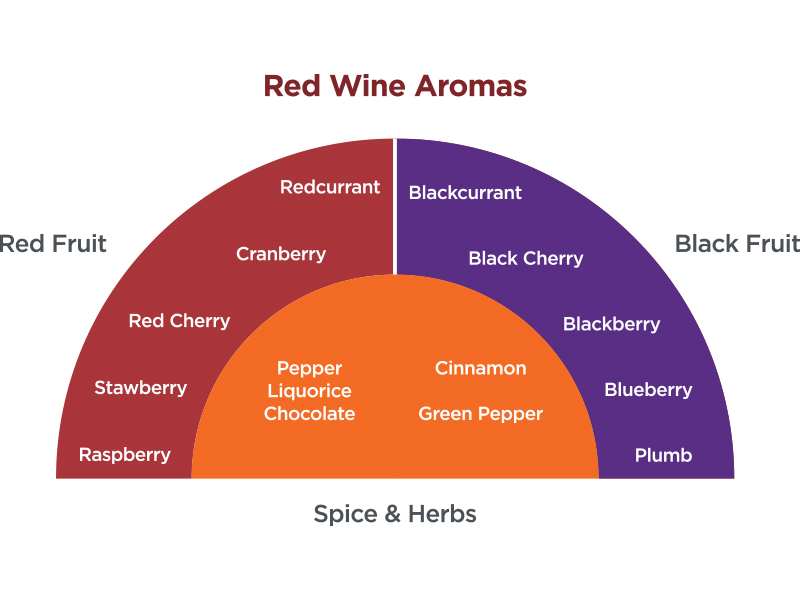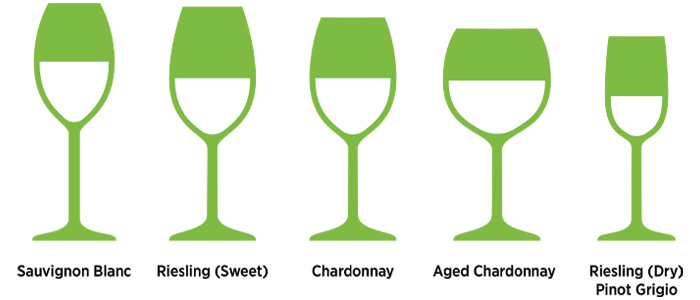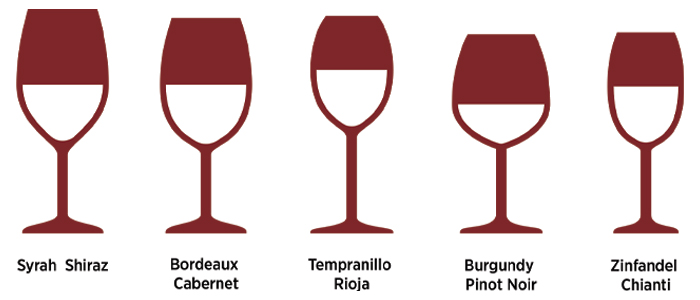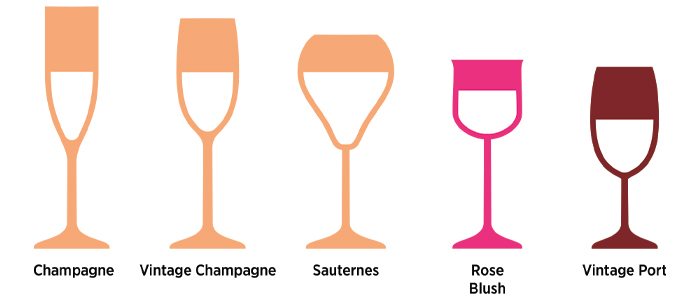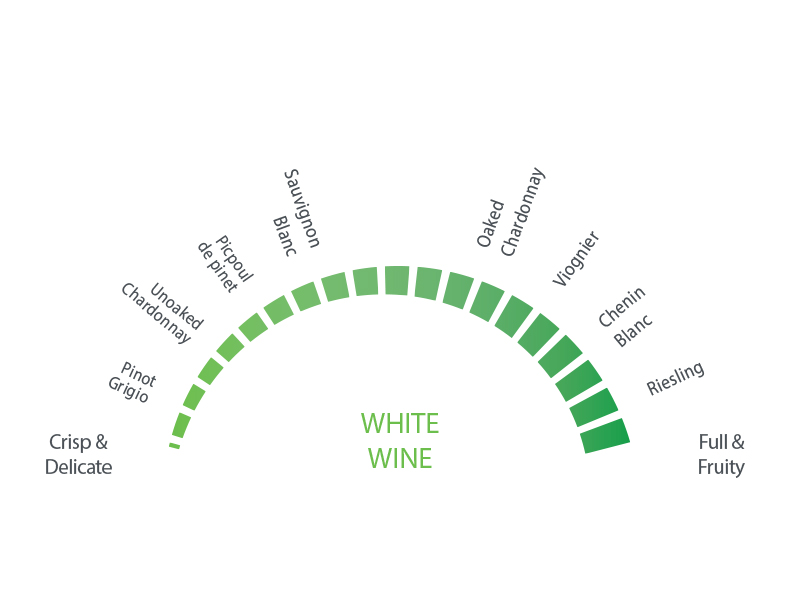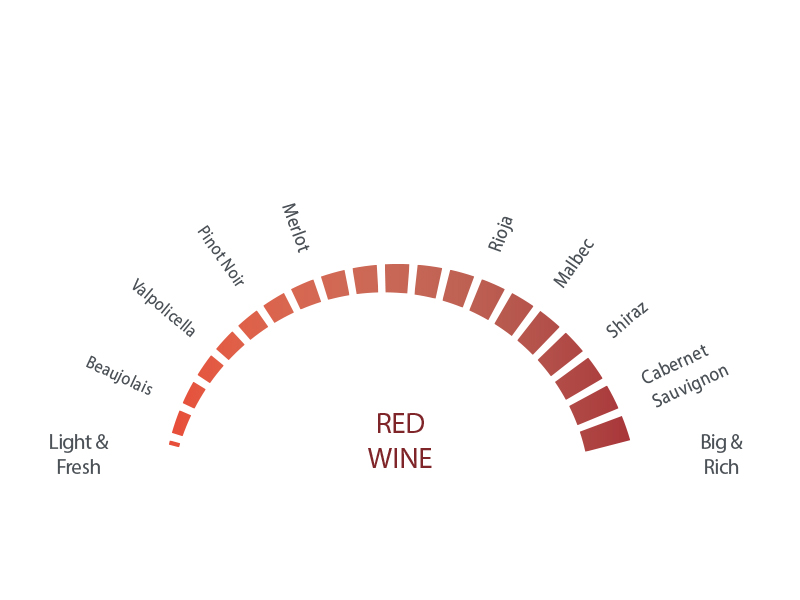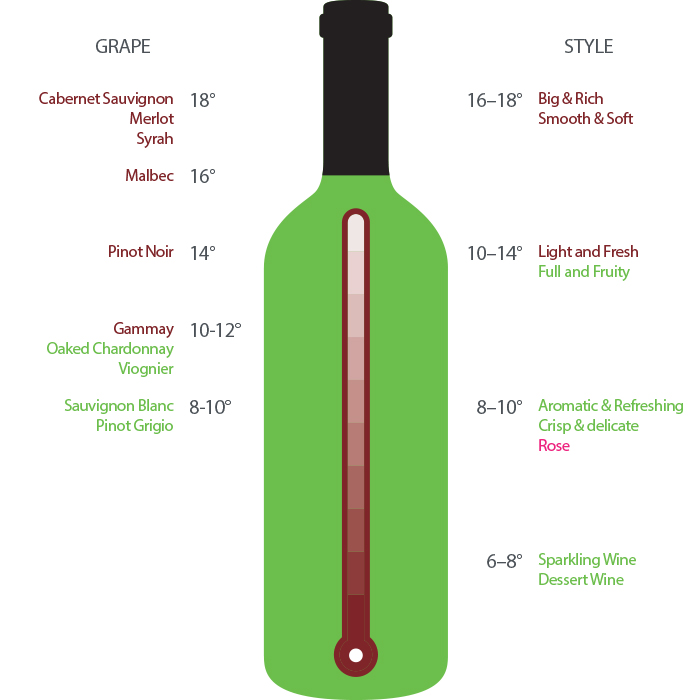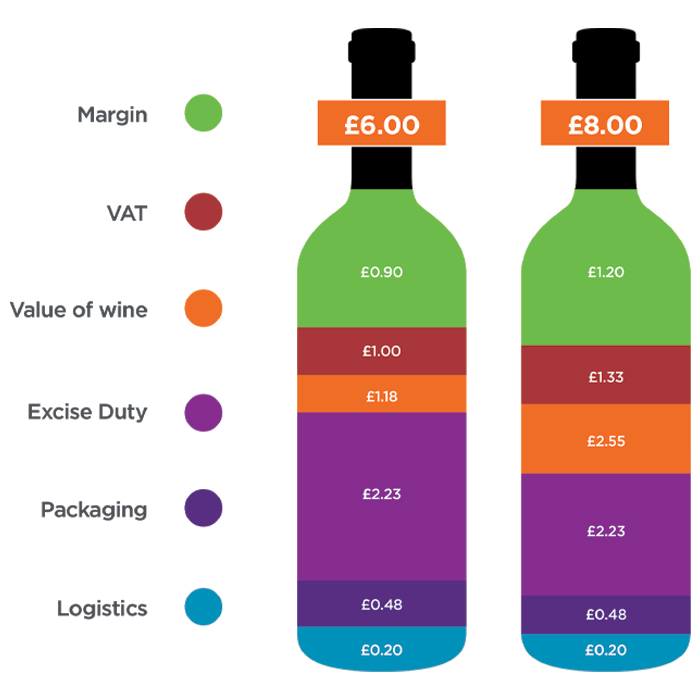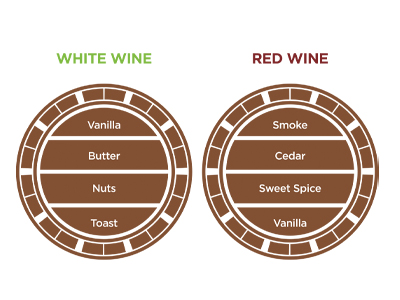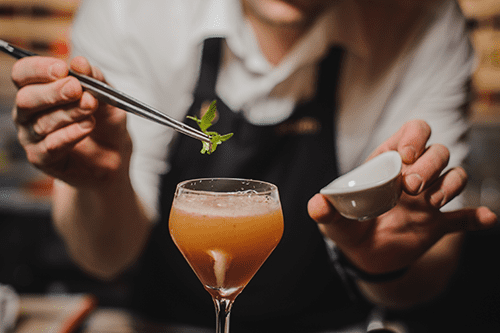 Here at Unity we are forever brushing up on our drinks knowledge…
Here at Unity we are forever brushing up on our drinks knowledge…
and we believe that’s crucial to ensure we are giving the end consumer the best experience when it comes to exploring and tasting wine. We offer our customers various training from basic wine workshops right up to WSET training. All of our Category Development Managers are either qualified at WSET level 3 or training for it and so they will be able to personally recommend and support you with the training required for you and your staff. To find out more about training we can provide for you please contact info@unitywines.co.uk. We have pulled together some wine tips and things you might find interesting to get you started:
